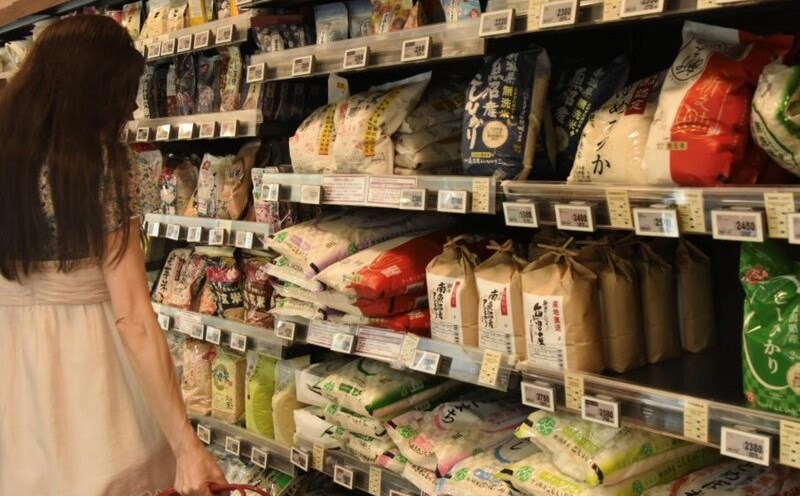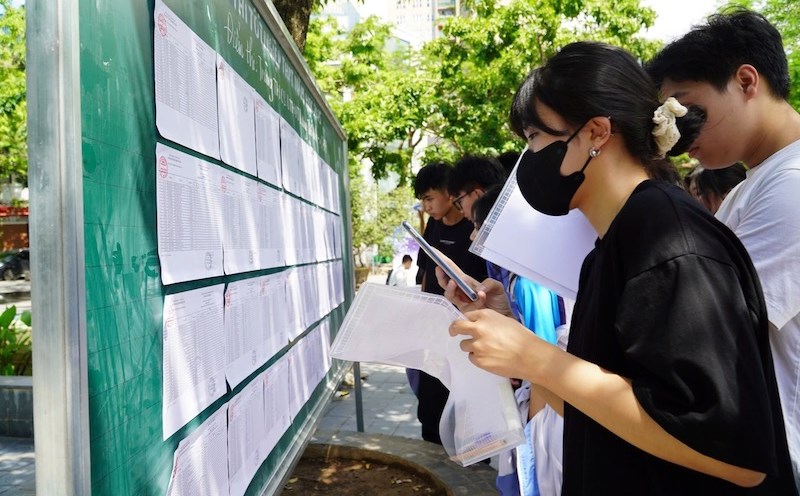Japan is stepping up investment in ultra-thin, flexible solar panels in the hope of meeting renewable energy targets and reducing dependence on China - the country that currently controls more than 80% of the global solar power supply chain.
The new type of battery, using perovskite, can be printed or sprayed on surfaces such as glass or thin film, creating a product that is only about one thousandth thick and one-ten lighter than traditional silicone batteries.
The flexible feature allows perovskite batteries to be installed on rough, curved surfaces - something especially important for Japan, where 70% of the territory is mountainous. Thanks to that, this technology promises to change the way of implementing solar energy in a country lacking flat land for traditional power farms.
The Japanese government has announced a subsidy of 157 billion yen (equivalent to 1 billion USD) for Sekisui Chemical to build a perovskite battery factory with a capacity to produce 100 megawatt by 2027, equivalent to electricity for 30,000 households. The country's goal is to produce 20 gigawatt of electricity from this type of battery by 2040 - equivalent to the capacity of about 20 nuclear reactors.
Japan is currently aiming for renewable energy to account for 50% of total electricity demand by 2040, with solar alone accounting for about 29%, a sharp increase compared to 9.8% in 2023. Pin perovskite is expected to be the Best card to both reduce carbon emissions and enhance industrial competitiveness, according to Japanese Industry Minister Yoji Muto.
However, this technology still has many challenges: low performance, current life of only about 10 years (compared to 30 years of silicon batteries), and contains toxic lead that needs to be carefully treated after use. However, new test models are achieving near-performance with silicon batteries and are expected to have a durability of up to 20 years in the near future.
Researchers believe that Japan can reach 40 gigawatt from perovskite batteries by 2040 if it continues to invest heavily. Professor Hiroshi Segawa from the University of Tokyo said that instead of choosing between silicon or perovskite, Japan needs to mobilize all available technologies to move towards carbon neutrality, while improving energy security and the economy.
New battery technology has begun to be deployed in practice. A 46-storey building in Tokyo expected to be completed in 2028 will integrate perovskite batteries. Fukuoka City also plans to cover the roof of the baseball court with this type of battery. Panasonic Group is developing perovskite-embedded glass doors, with the expectation that buildings can generate electricity themselves, reducing the load on the national grid.











